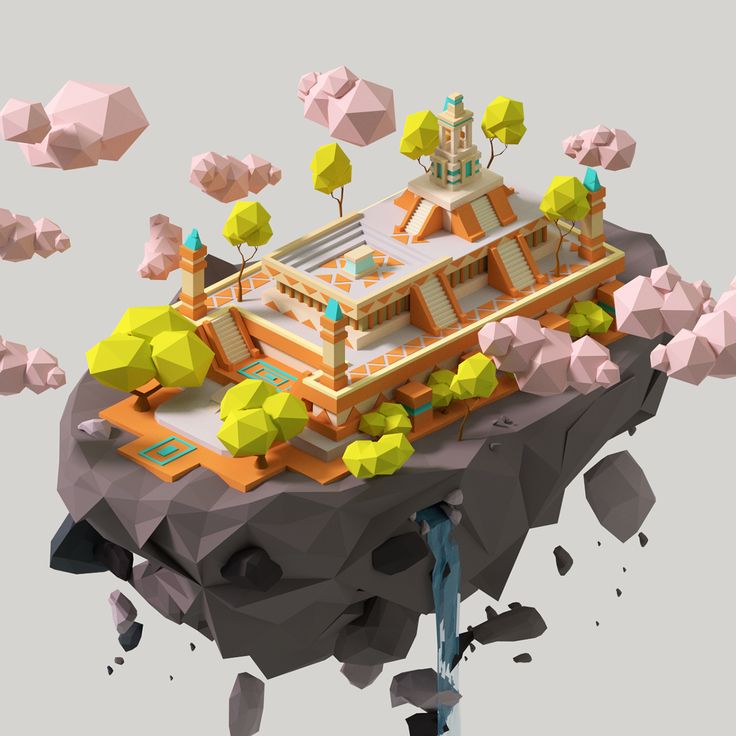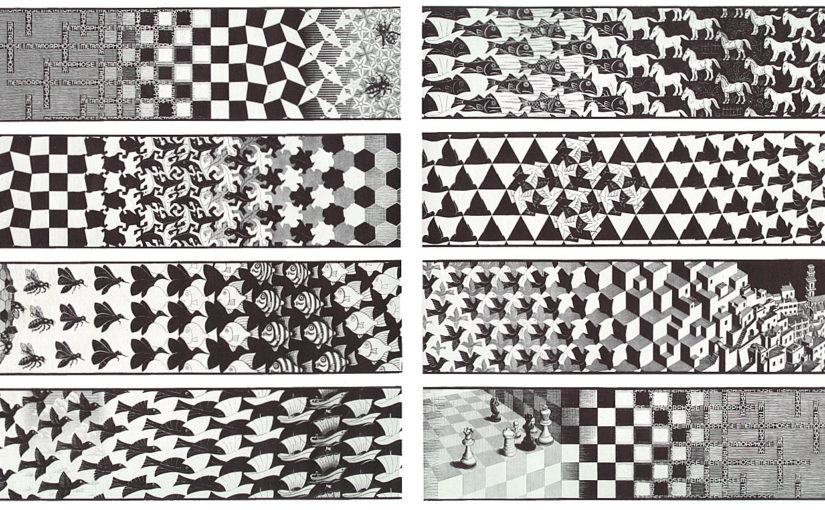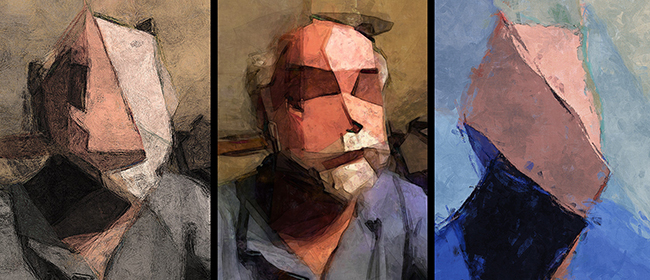Team Formation
We are a team of four, Erik, Claire, Lucky, and Wei where sketching, programming, and broad other design related skills are balanced. From the initial meeting, we quickly communicated that our expectation is maybe not to be the best, but definitely, we want a fine touch animation project generated at the end. Also, we laid a foundation that our project should be easy to be implemented while allowing us to explore different techniques to improve the final results.

Quickly, we decide low-poly is the style we want to go with. Our rationale is that a realistic scene may look good but it lacks variety, i.e. the same scene done by team A will be similar to team B since essentially they result should be as close as to real life which can be dull if it is a daily scenario. Meanwhile, low-poly offers us a completely different view while still allow us to explore conventional techniques.
Initial Ideas
We brainstormed few directions where we may go. One central guide is that avoid complicated scenarios so we can be focusing on storytelling etc. One strategy is the main character can be a creature floating or moving mechanically like a machine so the moving animation can be simplified. Some generated ideas are as follow:
Intense Fishing
The story starts with an overview of a lake scene, two characters are introduced while the camera setting tends to lead the viewer thinking this is a fighting ground. At the climax, instead of start fighting, two characters actually sit down and start fishing. The intense of the scenario reduced dramatically toward the end to give audiences a surprise.
Alien Kidnap
The story starts with a fairly small setup within a normal room. The main character is sleeping, then aliens are moved inside from the window and kidnaped the character. At last, the character is sent back and put to sleep again after the alien experiment is done.
Snowman
Alien visit earth and found a snowman near a small remote town. The alien start exploring and interacting with the snowman. Eventually, the alien is alerted by dropping snow and accidentally shot the snowman then crashed it.
Conclusion
We liked the fishing idea due to the surprise it introduced. However, the fishing requires rendering of water and complicated movement which can be challenging to us. We also like the alien kidnap idea since the main advantage is the story happens within one small room and the alien will probably be floating rather than walking which is easier for us to model. Eventually, we selected the snowman idea since it combines the alien advantage while the snowman is easier to handle. We want to start the project with a relatively simple setup while gradually challenge ourselves moving on.


